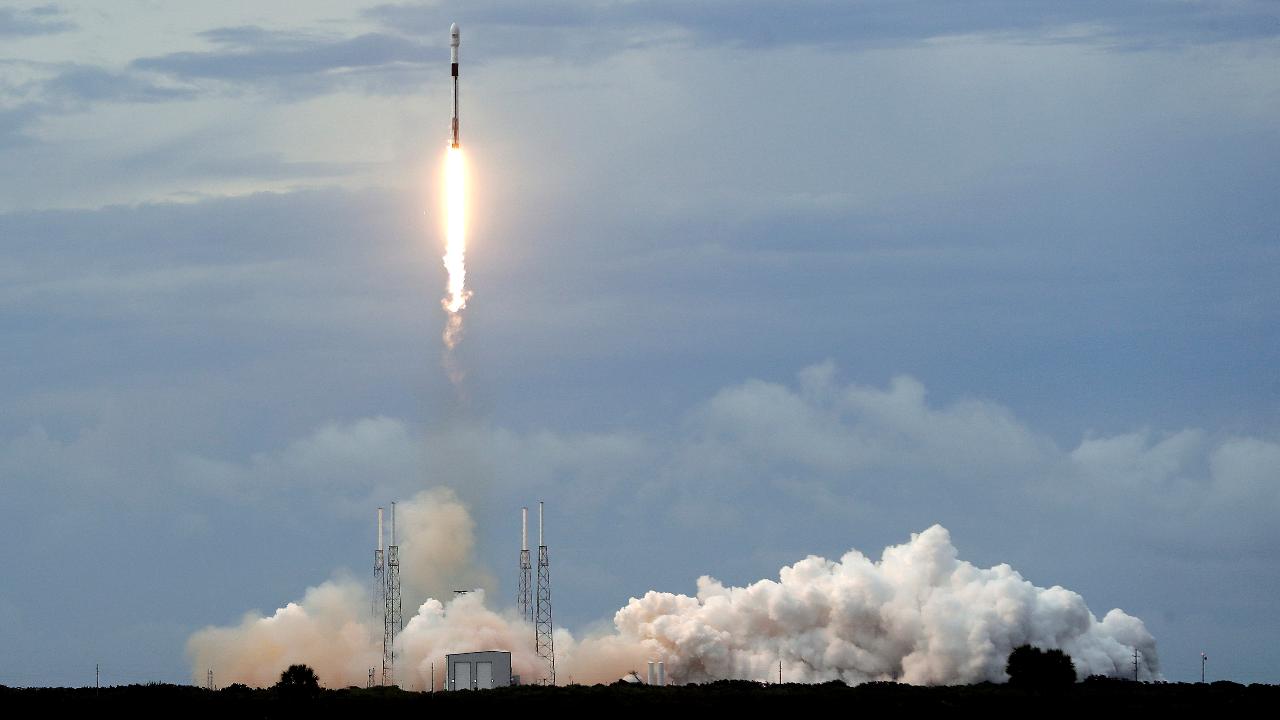Boeing, SpaceX, space race 'frenemies', team up for satellite launch
U.S. aerospace and defense giant Boeing and Elon Musk’s space exploration venture SpaceX are competing against one another in a heated race to the moon and beyond – but the two companies have shown rivals can be friends sometimes, too.
A satellite launched on Tuesday involved products from both companies, the CEOs of which have traded jabs about their technologies and capabilities in the past.
SpaceX’s Falcon 9 rocket lifted off from Cape Canaveral Air Force Station in Florida on Tuesday night, successfully deploying the AMOS-17 satellite, containing Boeing’s technology, into space.
Boeing helped build the satellite for Israeli space company SpaceCom, of which the U.S. aerospace giant is a founding sponsor.
Last year, Boeing CEO Dennis Muilenburg boldly claimed his company would “beat Elon Musks’ SpaceX to Mars.”
In an interview with The Street, Muilenburg said he “firmly” believed the “first person to step foot on Mars will get there on a Boeing rocket.” He said Boeing was working with NASA to build its rocket launch system.
In a tweeted response, Musk taunted Muilenburg to “do it.”
When asked during the same interview about the rivalry between SpaceX and Boeing, Muilenburg said that while it’s “competitive,” the companies work together currently because Boeing launches satellites on SpaceX rockets. However, the competition, he said, makes Boeing work harder and faster.
Returning astronauts to the moon is a priority for the Trump administration, and it has asked Congress to approve funds to make such a trip feasible by 2024. Trump, however, has also communicated his intent to send humans to the Mars “very soon.”
Musk wants to send SpaceX’s first cargo mission to Mars in 2022, with a second mission containing cargo and crew targeted for 2024. The entrepreneur’s stated goal is to colonize the planet.
CLICK HERE TO GET THE FOX BUSINESS APP
The AMOS-17 satellite is designed to support broadband, broadcast and data activity across Africa.
The satellite is expected to be in operation for a minimum of two decades.

